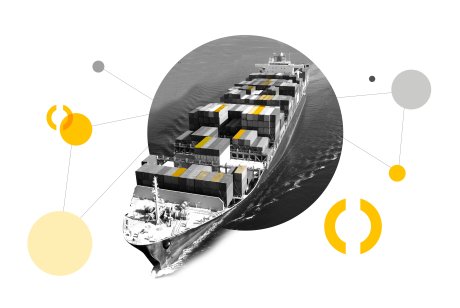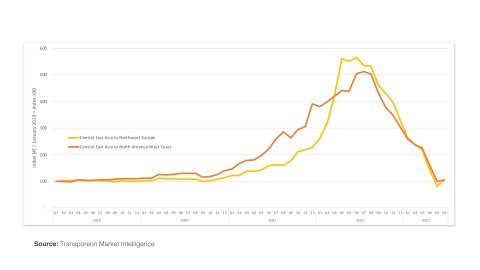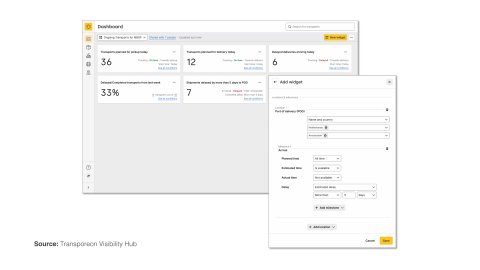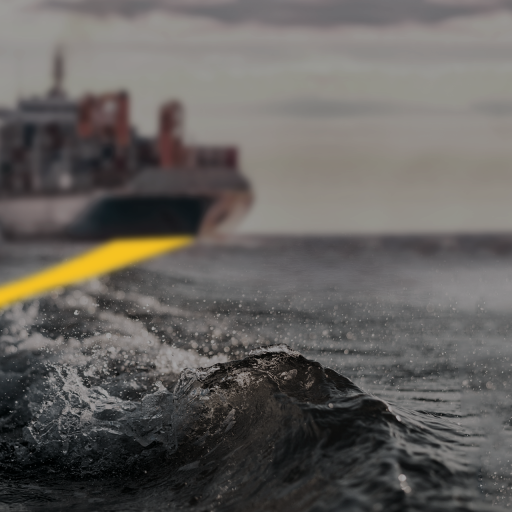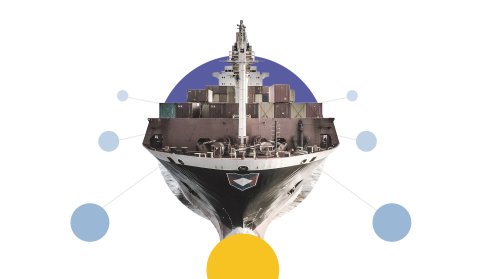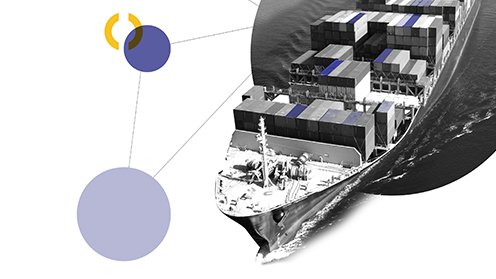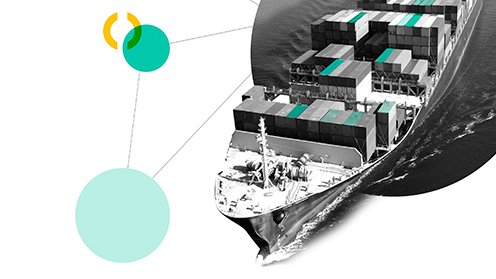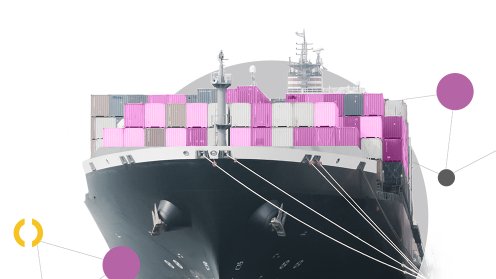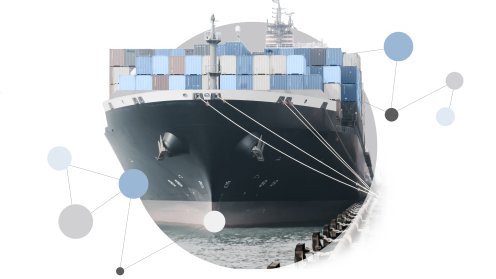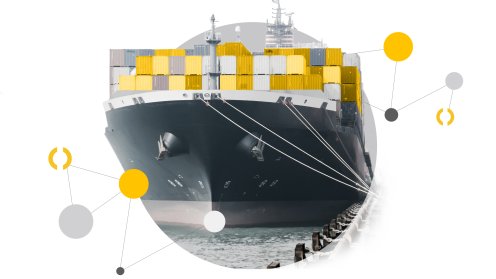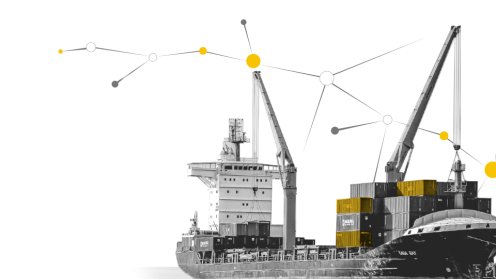Strong strike support
The ILWU, representing more than 7,000 dockworkers employed by 49 member companies of the BC Maritime Employers Association (BCMEA), has disclosed that 99.24% of its members have voted in favour of authorising a potential strike, if deemed necessary. This includes the two largest gateways, namely the Port of Vancouver and the Port of Prince Rupert, situated on the West Coast of Canada.
The vote took place on June 9 and 10, 2023. Talks between the ILWU and BCMEA were underway, with a 21-day grace period under Canadian labour law. Both parties have mutually agreed to abstain from any actions until June 21, 2022. However, a strike could potentially occur as early as June 24, 2024.
The ILWU emphasises that any disruption in port operations would have severe repercussions on various sectors in Canada, including retail, manufacturing, critical minerals, agriculture, energy and automotive dealerships.
What are the consequences?
According to Descartes Datamyne, West Coast ports processed 40% of US container imports in the first quarter this year, down from 45% in the same period in 2019.
Because of disruptions, exporters have used the Panama Canal instead, to bring Asian-made goods directly to major East Coast and Gulf Coast ports, such as Newark, New Jersey, Savannah, Georgia, Norfolk, Virginia and Houston.
Shippers have encountered an unexpected challenge in recent weeks due to developments at the Panama Canal. The canal is experiencing a severe drought, which is anticipated to coincide with the arrival of the El Niño weather phenomenon, leading to the implementation of a series of draft restrictions.
Moreover, redirecting goods from the Pacific Rim to ports in the eastern United States incurs additional costs. As a result, businesses dealing with lower-margin products like shoes, inexpensive clothing, and ‘back to school’ items may consider raising prices to offset the elevated shipping expenses.
“Short-term effects include shippers adjusting destinations and order lead times to account for adjusted transit times,” said Spencer Shute, CSCP, principal consultant at procurement and supply chain consultancy Proxima. “Long-term effects are that other ports across the US, particularly East Coast (NY/NJ) and Gulf Coast ports have proven to be viable options for shipping containers. These ports have increased capacity, efficiency and will remain an attractive option for shippers to consider.”
A temporary shutdown of West Coast ports could, “result in massive economic loss and endanger thousands of manufacturing jobs”, said Jay Timmons, president of the National Association of Manufacturers.
Asked how the lengthy negotiations have impacted the broader supply chain, Shute says there’s been “limited impact” given the softening in the overall domestic freight market. However, he says cargo ships will likely see some “shift in travel patterns”, as shippers adjust some volume back to the West Coast. “Given the global state of freight, this should not cause disruptions”.
Last year, the National Association of Manufacturers published a report, which projected potential daily losses of $500 million and anticipated a hypothetical 15-day strike resulting in 41,000 job cuts. These figures were disclosed in June of the same year, during a critical moment of leverage for the longshoremen. At that time, there was a significant backlog of ships waiting to enter LA and Long Beach ports, and import volumes and the overall state of the economy remained relatively strong.
However, the current situation has changed. Vessels are not arriving as rapidly as they did a year ago, the backlog has been cleared, and many ships are now by-passing Southern California altogether. Instead, they are redirecting their routes to the Gulf or East coasts to avoid the mounting uncertainties surrounding the LA and Long Beach ports.
